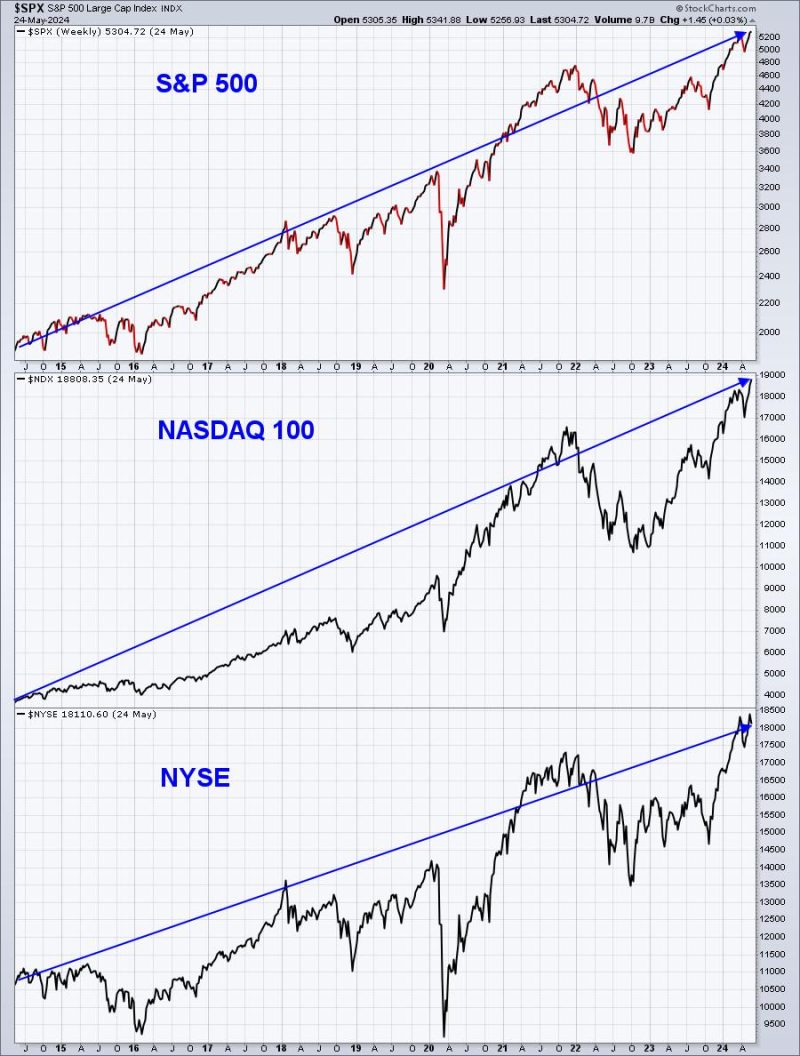Step 1: Educate Yourself
The first and perhaps the most crucial step in improving your trading process and results is to educate yourself thoroughly about the financial markets. This entails understanding the different asset classes, such as stocks, bonds, commodities, and currencies, along with the factors that influence their prices. By enhancing your knowledge of fundamental and technical analysis, you can make more informed decisions when trading.
One way to educate yourself is by reading books written by renowned traders and investors. Books like Market Wizards by Jack D. Schwager and Reminiscences of a Stock Operator by Edwin Lefèvre offer invaluable insights into the minds of successful traders. Additionally, online courses and webinars conducted by expert traders can provide you with practical knowledge and skills to improve your trading process.
Step 2: Develop a Trading Plan
Once you have acquired the necessary knowledge, the next step is to develop a comprehensive trading plan. A trading plan outlines your trading goals, strategies, risk management techniques, and rules for entry and exit. Without a well-defined plan, you may fall prey to emotional decision-making, leading to inconsistent results.
Your trading plan should include details such as your preferred trading style (e.g., day trading, swing trading, or long-term investing), the markets you will focus on, and the maximum risk you are willing to take on each trade. By adhering to your trading plan, you can maintain discipline and increase your chances of success in the financial markets.
Step 3: Manage Risk Effectively
Risk management is an integral part of any trading process and is essential for long-term profitability. To improve your trading results, it is crucial to manage risk effectively by determining the appropriate position size for each trade based on your risk tolerance and account size.
One commonly used risk management technique is the 2% rule, which states that you should not risk more than 2% of your trading account on a single trade. By limiting your risk exposure, you can protect your capital and withstand inevitable losses without jeopardizing your trading career.
Additionally, using stop-loss orders to protect your positions from significant drawdowns and diversifying your portfolio across different asset classes can help mitigate risk and improve your trading results over time.
Step 4: Review and Refine Your Trading Process
To continuously improve your trading process and results, it is essential to review your performance regularly and identify areas for enhancement. Keep a trading journal to record your trades, including entry and exit points, reasons for taking the trade, and the outcome. By analyzing your past trades, you can identify patterns, strengths, and weaknesses in your trading strategy.
Furthermore, seek feedback from experienced traders or mentors to gain valuable insights and perspectives on your trading process. By remaining open to constructive criticism and continuously refining your trading strategy, you can adapt to changing market conditions and improve your trading results over the long term.
